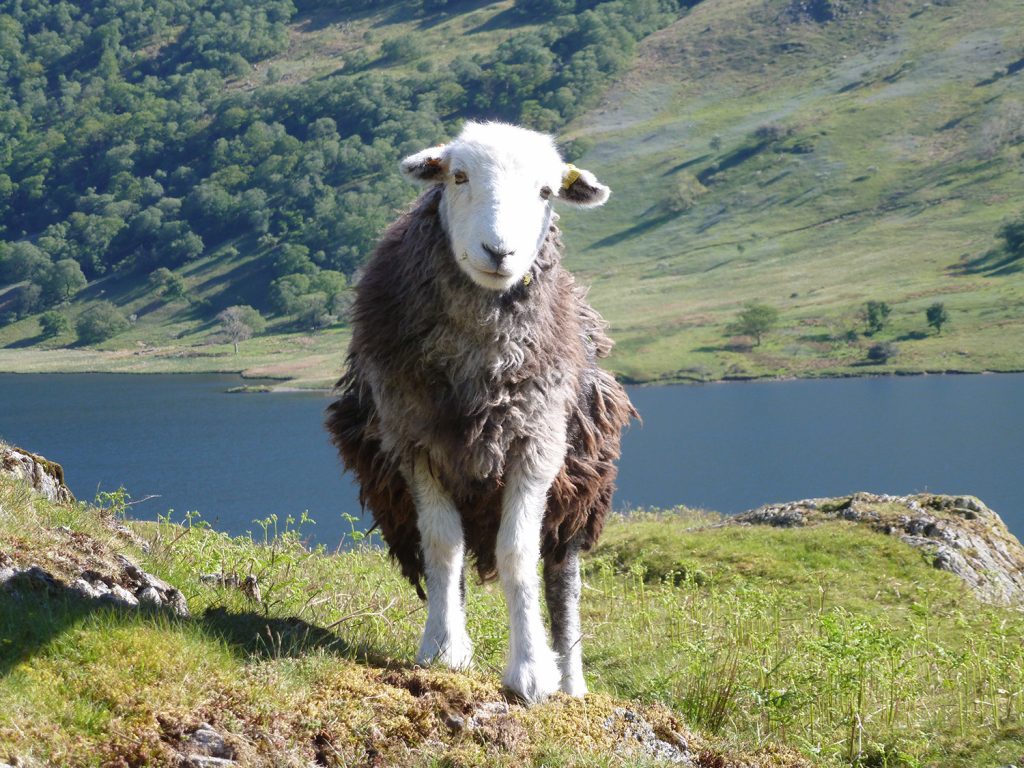Insulation for a listed house
Last year I wrote a blog post about Warmer Windows and how to prevent heat loss in the depths of winter, especially when you live in a listed property and have to deal with the vagaries of single glazing. This year the topic is even more prescient as energy prices are increasing, the heatwave is a distant memory and we’re all trying to work out the best way to keep warm once we’ve invested in our thermal undies and fingerless gloves (a must for those of us working from home).
So, moving on from windows, here are my tips for a warmer winter. I’ve followed them all myself so I’m speaking from experience!
Chimney Sheep
Yes, they’re a thing. I’ve shoved a couple of them up un-used chimneys. Basically they’re draught excluders made in the UK from 100% wool. I ordered mine from www.chimneysheep.co.uk but there are others available. The benefits for a listed house are that they block airflow but still allow the chimney to breathe. They’re easy to take in and out of the chimney and come in a wide range of sizes. I did also invest in a box of wool ‘bits’ to use as insulation in the void at the base of a capped chimney.
Underlay
If you live in a listed house with flagstone floors you’ll empathise with this one. I have many rugs on the floor but they just don’t cut the mustard when the temperature drops. There are several options – bigger rugs, rugs with underlay cut to size or, best of all, bigger rugs with underlay cut to size. My local carpet company supplied me with a roll of underlay and, after an hour with the cats (management), a tape measure and a Stanley knife, order was restored and I now have plump rugs. And the cats have a new camp made out of offcuts.
Door Curtains
Sometimes, no matter how hard you try, you can’t effectively stop all the gaps around and old or ill-fitting door. If you can see daylight (I can) you should try your best with tape and brushes but I have also had good results with old-fashioned stuffed draught excluders backed up with a curtain over the door. I have an old one which I take down in the summer and put it back in the winter. It touches the floor so any cold dropping down behind it stays behind it.
Escutcheons
I love this word. Escutcheons, also known as keyhole covers, are the hardware details that surround the keyhole on a door. These are used to give a neat appearance to the keyhole plus they offer protection to the door against damage from the key. They also come with covers to reduce draughts. If you can see daylight through your keyholes you probably need an escutcheon with a cover. Just saying.
Loft Hatches
So, the loft is insulated. Current government recommendations for loft insulation depth are between 250mm and 270mm but some new properties are increasing their level of loft insulation to 300mm. Anyway, as long as the loft has adequate ventilation, this is fine. Don’t forget the loft hatch though. Stick, staple or attach something to the top side of the hatch to stop the cold air gathering and dropping through the hatch. It’s only a small task but we all know how cold it gets up there.
And as for the fingerless gloves – ask Santa to bring you some recycled cashmere ones from www.turtle-doves.co.uk.

Energy Efficiency in Old Houses
Nestled amidst the idyllic landscapes of Cheshire, Lymm Hall, with its Georgian grandeur, has embarked on a transformative retrofit project that positions it as a




